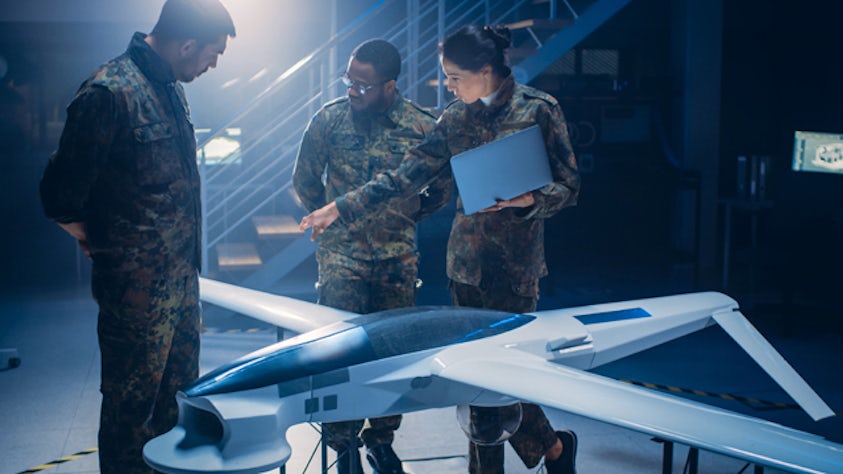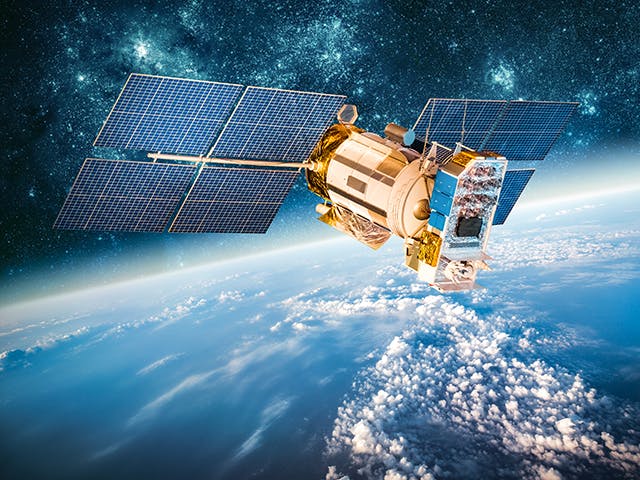La méthodologie d’ingénierie de mission permet aux entreprises d’orchestrer des programmes hautement techniques de manière plus efficace et efficiente. Les principes de l’ingénierie numérique doivent être utilisés lors de la réalisation de l’EM pour gérer le développement de systèmes complexes en relation avec des objectifs critiques. Cette méthodologie est un complément naturel à l’ingénierie des systèmes basée sur les modèles (MBSE). Dans le Guide d’ingénierie de mission, le département de la Défense des États-Unis explique que la méthodologie d’ingénierie de mission fonctionne sur trois axes : le temps, la complexité et la rigueur analytique. Le document identifie plusieurs questions utilisées pour clarifier les objectifs du processus d’EM :
- Quelle est la mission ?
- Quelles sont ses limites et comment doit-il interagir avec les autres missions ?
- Quelles sont ses mesures de performance ?
- Quelles sont les lacunes en matière de capacité de mission ?
- Comment les nouvelles capacités peuvent-elles changer notre façon de combattre ?
- Qu’est-ce que les changements dans les capacités ou les systèmes signifient pour les missions et les architectures ?
- Quelle est la sensibilité de la performance de la mission à la performance de la technologie, des produits et des capacités constitutifs ? Comment les nouvelles fonctionnalités s’intègrent-elles au mieux aux systèmes existants ou les remplacent-elles ? Et comment pouvons-nous optimiser cet équilibre pour fournir les capacités intégrées les plus létales et les plus abordables pour une mission particulière ?
Qu’est-ce qu’une plateforme d’ingénierie de mission prend en charge ?
Une plate-forme d’ingénierie de mission est bénéfique pour l’EM ainsi que pour l’ingénierie système. L’EM s’accorde bien avec les méthodes d’ingénierie système utilisées pour définir le système conforme aux besoins de la mission. Les deux disciplines partagent des méthodes et une taxonomie similaires, l’une se concentrant sur la définition de la mission et l’autre sur la définition du système.
Selon le département de la Défense des États-Unis, « l’EM est le sous-élément technique de la gestion de l’intégration de la mission qui fournit des produits d’ingénierie pour informer le processus d’exigences, guider les prototypes, fournir des options de conception et éclairer les décisions d’investissement ». Une plateforme d’ingénierie de mission aide les parties prenantes « à formuler des énoncés de problèmes, à caractériser les missions, à identifier les paramètres de mission et à utiliser des modèles pour analyser les missions ».
L’ingénierie de mission est-elle utilisée en dehors des opérations de défense ?
À l’origine, l’ingénierie de mission était une sous-discipline de l’ingénierie des systèmes au sein du département de la Défense des États-Unis. Depuis qu’elle a été officialisée au milieu des années 2010, sa pratique et son adoption se sont étendues à des industries allant au-delà des opérations de défense. Parce qu’il s’agit d’une méthodologie bénéfique pour les entreprises qui positionnent leurs produits dans le contexte de problèmes opérationnels complexes et en constante évolution, l’EM continue de gagner du terrain parmi les ingénieurs système des organisations avec ou sans liens avec l’industrie de la défense.

